The Knight's Tale
This is a website about the Canterbury Tales. Here you will find a summary and information about the The Knight's Tale
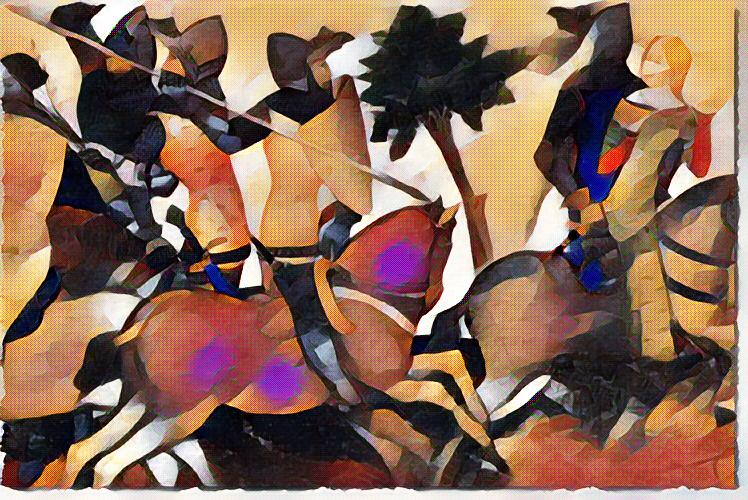
The Knight's Tale
The modern world is somewhat as enthralled with the idea of knight's and chivalry as they were in Geoffrey Chaucer's time. The Knight's tale is an adept adaptation of the life of a knight and the code they lived by. Throughout the story, Chaucer highlights the code of chivalry, honor and courtly love as the Knight's Tale. When the story was written, the Knight's Tale was one of the most celebrated literature pieces of the time. This work can be long to get through, but it captures the essence of the ideology behind chivalry.
Summary of the Tale
The Knight's Tale begins with the story of Theseus, drawn from Greek Mythology. This young prince marries the queen of Scythia and brings her and her sister, Emelye to Athens. Theseus discovers the crimes of Creon in Thebes. The young prince set out to vanquish the ruler. During the fight, two royal princes were captured and imprisoned in Athens. The two princes, Arcite and Palamon, see Emelye in a garden and were immediately captivated. The Knight's Tale illustrates the two falling in love with the beauty, and arguing that the other was a traitor.
Arcite is given freedom at the request of a friend and noble in Athens. The Knight's Tale asks the point, who is worse off? Arcite is free but never allowed to see Emelye again. Palamon is captive but is able to gaze upon her beauty. Two years pass in the Knight's Tale. Arcite has a vision of the god Mercury, who bids him to find relief and return to Athens. Upon arrival, Arcite become a page in Emelye's house, and eventually rewarded by being a squire to Theseus. While this is occurring, Palamon has escaped prison and also attempts a disguise to get close to Emelye.
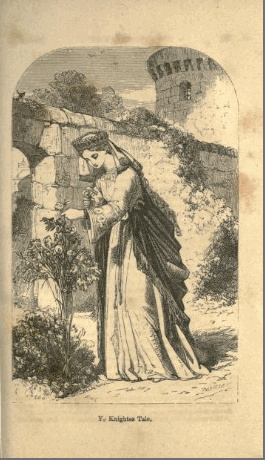
The two chance to meet, but have no weapons. They decide to meet the next day and duel to the death for the hand of Emelya. When they meet, Theseus, Emelya and the queen happen to be near the area and stop the duel. The disguises are cast aside and Theseus orders the death of the two knights. The queen begs for mercy, showing that for love the risked death instead of fleeing to Thebes. Theseus made them vow to never wage war against him, and gave them one hundred knights each to wage war for the hand of Emelya.
Before the duel, the Knight's Tale finds Arcite, Palamon and Emelya praying to different gods. Arcite prays to Mars for victory. Palamon prays to Venus for solace in love. Emelya prays to Diana for chastity and peace amongst the princes. She also prays that she does not have to marry. Each god responds with an omen. Venus and Mars wage war, but it is Saturn who decides an outcome that satisfies both parties. Diana tells Emelya that she has no choice but to marry.
The Knight's Tale ends during the battle. The two armies were equal in prowess and nobility. Though both fight valiantly with their armies, Arcite has victory. Palamon was pierced by the King of India, fighting alongside Arcite. Theseus gave victory to Arcite, which appeased Mars, the god of War. After being proclaimed victor, Pluto sends an earthquake that startles Arcite's horse. Arcite is mortally wounded from being thrown from his horse. Arcite tells Emelya that she could have no better husband than Palamon and dies.
The Interpretation
The Knight's Tale is a very romantic story as it is presented. This tale is supposedly a true story passed down among knights of the day. Chaucer presents it with over-stressed traditions for romantic literature. Some of the oddities of the tales are really presented when taken into a whole with the Canterbury Tales. The Knight's Tale is the first of the Canterbury tales. This may indicate how status is still an important part of class in England. The idea of class is also presented in the Knight's Tale by being started with Theseus, and not the main characters.
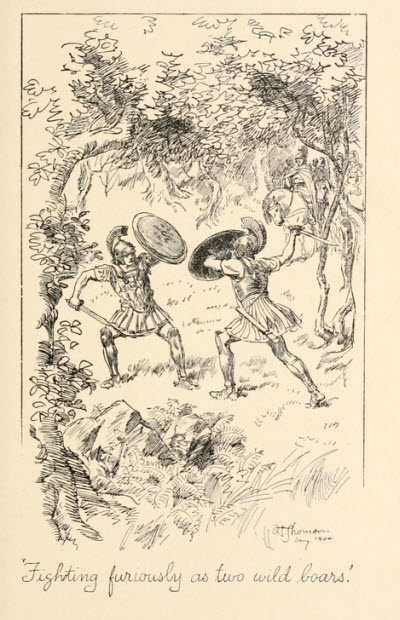
A Scene From The Knight's Tale
Religion and philosophy play a vital role in the Knight's Tale. The story is told in such a way that is improbably. The story line creates characters that exist to move from one point to the other. The main characters are set free to appease the story, as well as fall in love at first site. The idea of fate and destiny is an overwhelming theme in the story. Palamon blames his fate on Venus and Saturn for falling in love. Most Grecian tales were told with the characters being puppets of the gods. This is echoed in the Knight's Tale even though it was told centuries later.
The Knight's Tale does not do a lot of character description. The characters in several ways appear as cardboard cutouts. The two main characters do not act with any real character, always as formal speech and actions. This does not allow the readers to really form an opinion of the individual, but more of the idea of what a Knight should be like. Emelye is also a classic damsel in distress cutout, with an odd twist in the story. She does not wish to marry, and even thought the two knights have never truly had contact, they are willing to fight to the death.
The Knights Tale is meant to illustrate the code of chivalry and honor. Theseus even honors the code of the duel and offers Emelye as a prize. Chaucer not only draws attention to the knight's honor. He brings attention to how some behavior seems unheroic, even if it is following the code. Theseus attacks Thebes because of the rulers sins. He also stops the duel between Arcite and Palamon because it is not done under the proper conduct. Overall the Knight's Tale is meant to be a love story that portrays the proper conduct of a knight.
Canterbury Tale Summaries
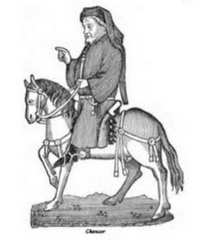
Geoffrey Chaucer
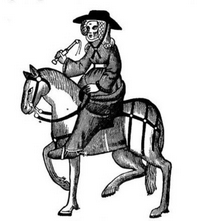
The Wife of Bath's Tale
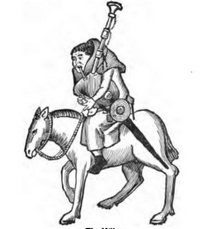
The Miller's Tale
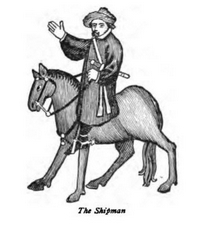
The Shipman's Tale
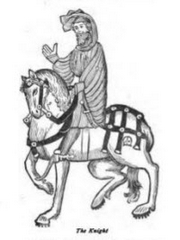
The Knight's Tale
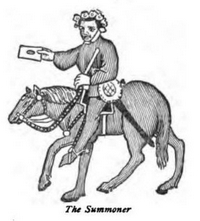
The Summoner's Tale
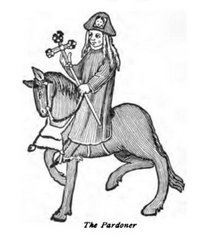
The Pardoner's Tale
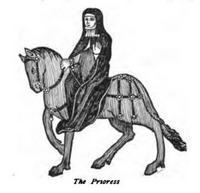
The Prioress's Tale
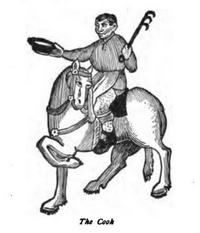
The Cook's Tale
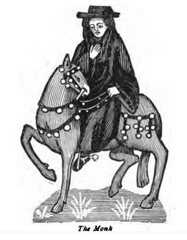
The Monk's Tale
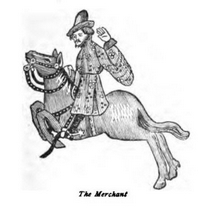
The Merchant's Tale
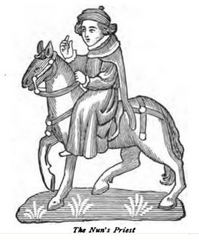
The Nun's Priest's Tale

The Franklin's Tale
Main Page | Site Updates | Privacy Policy | Site Map | XML Map | RSS | Contact | About
Canterbury Tales
